05:51
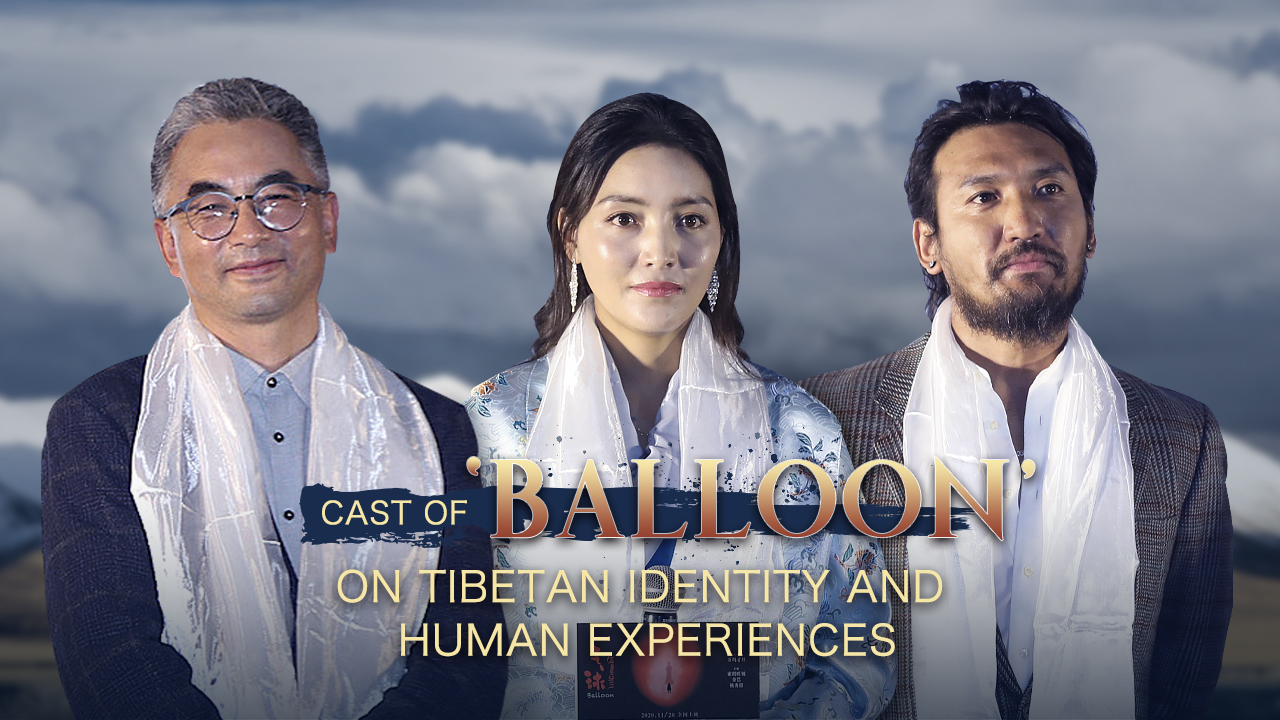
In a Tibetan family struggling to make ends meet, the mother of three finds herself pregnant with a fourth child. What should she do? The dilemma of keeping the baby and risking deeper poverty or aborting at the expense of sinning summarizes the tension between traditional beliefs and modern ideas.
This is the premise of "Balloon," the seventh feature of Tibetan filmmaker and author Pema Tseden, which hit cinemas across China on November 20.
Set in the late 1990s in the austere but appealing highlands of northwest China's Qinghai Province, the Tibetan picture depicts a bittersweet story centered on three generations of a rural family, whose peaceful yet tough life is repeatedly disturbed by unexpected problems after the children steal the only condoms in the house to blow them up like balloons.
"I was once on the street in Zhongguancun (Beijing's tech hub) and I saw a red balloon floating in the air. I was attracted by the visuals, which were particularly suitable for a film," Tseden told CGTN in an interview.
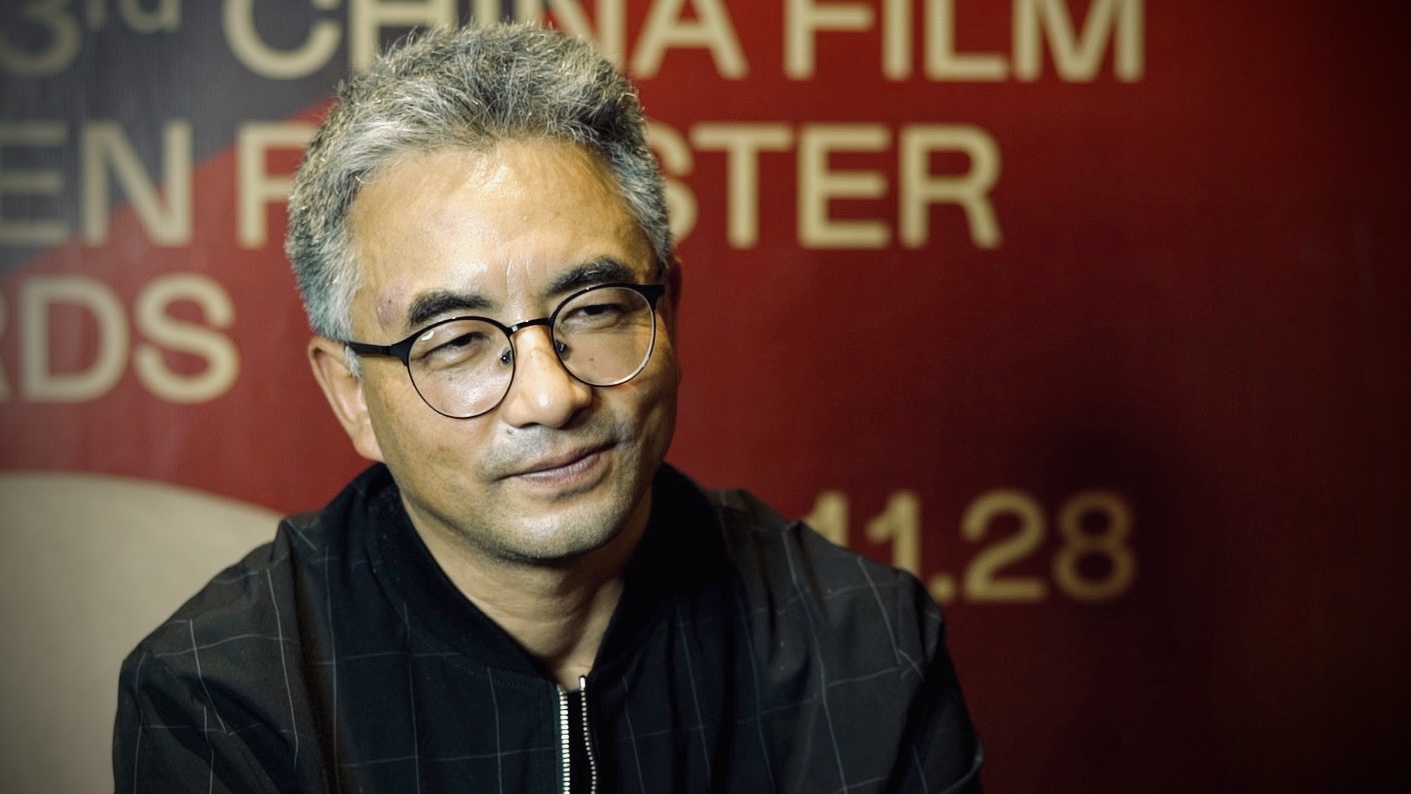
Tibetan filmmaker and author Pema Tseden speaks to CGTN. /CGTN
Tibetan filmmaker and author Pema Tseden speaks to CGTN. /CGTN
The chance encounter triggered a lightbulb moment for the 51-year-old filmmaker.
"At that moment, I related this image to real Tibetan life, and I thought about a white balloon, which is a key element in this film: the condom," he said.
The contraceptive, which the children in the movie discover under their parents' pillow, prompts a series of embarrassing events, lands the family in an uneasy dilemma, and stirs up trouble between wife Drolkar and husband Dargye.
Qinghai-born Tseden again turned his lens towards a familiar place – his birthplace – to depict the picturesque views of Qinghai Lake and the daily life of Tibetan shepherds. In his family drama, the filmmaker delves into the religious and traditional culture in which the ethnic group is rooted and explores the conflict between real-life concerns and spiritual ideals.
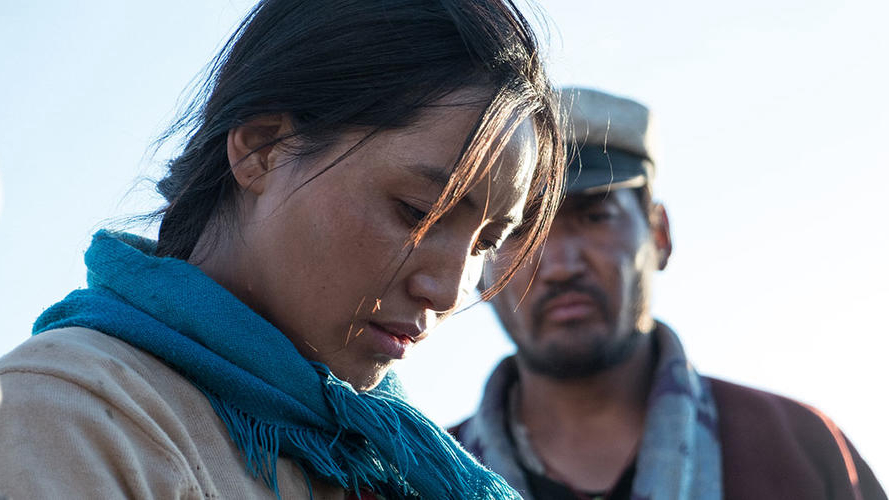
A still from the film "Balloon" of Sonam Wangmo (L) and Jinpa. /Courtesy of Tang Dynasty Cultural Communication
A still from the film "Balloon" of Sonam Wangmo (L) and Jinpa. /Courtesy of Tang Dynasty Cultural Communication
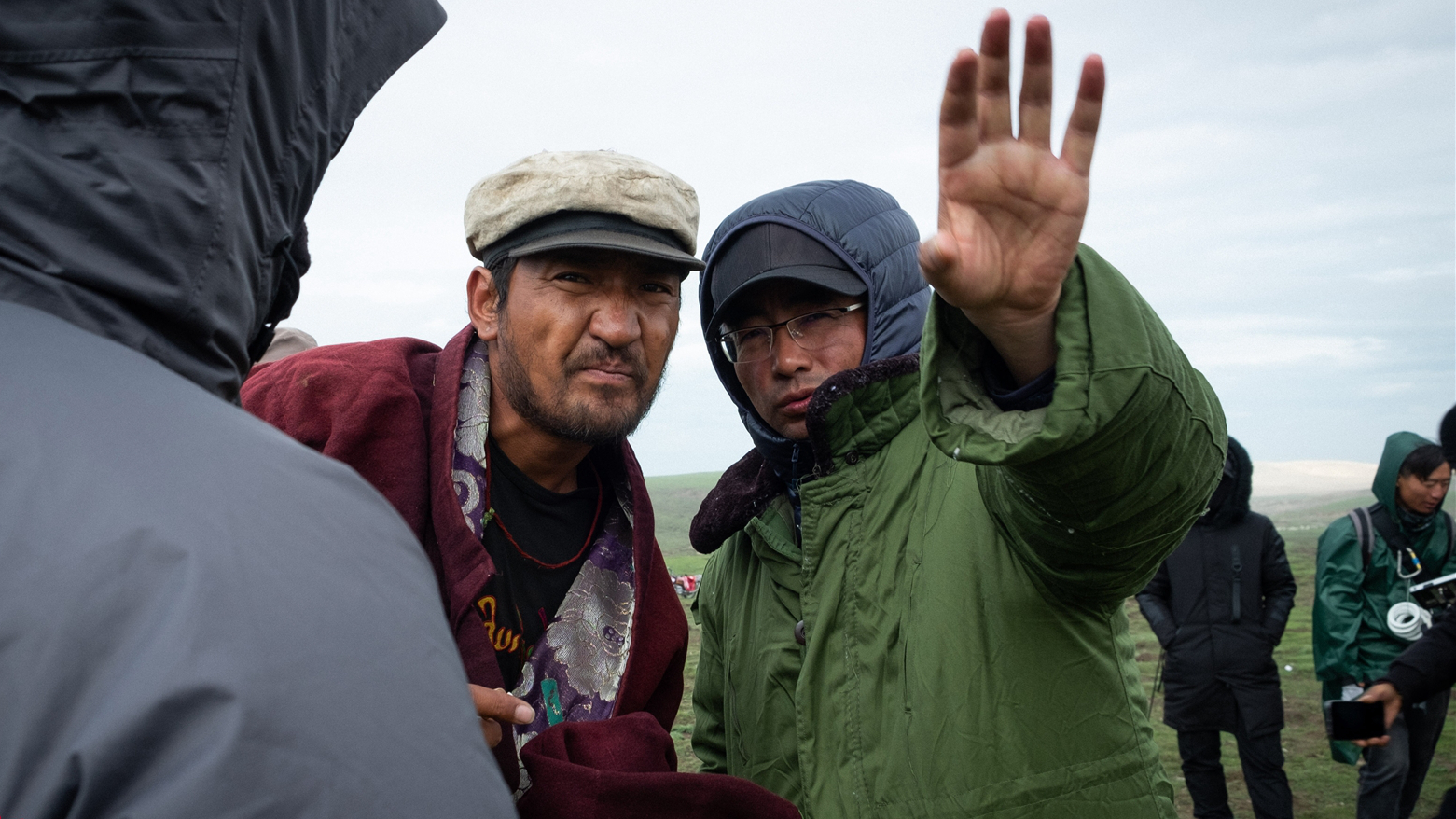
Director Pema Tseden (R) talks to Jinpa on the filming location. /Courtesy of Tang Dynasty Cultural Communication
Director Pema Tseden (R) talks to Jinpa on the filming location. /Courtesy of Tang Dynasty Cultural Communication
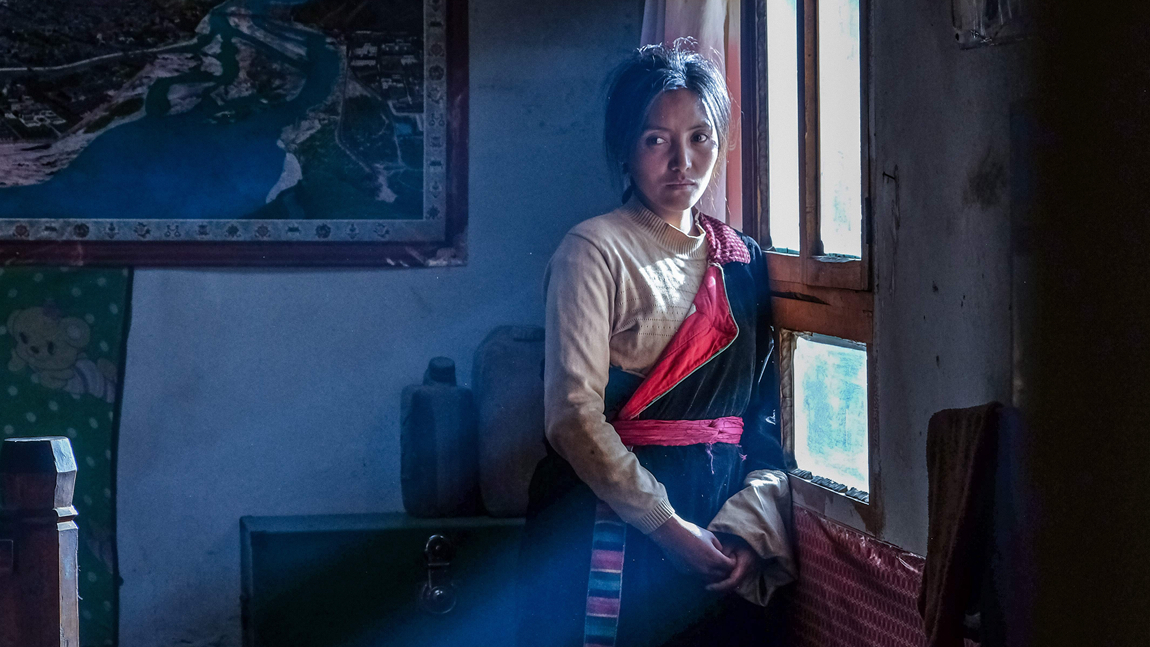
A still from the film "Balloon" of Sonam Wangmo. /Courtesy of Tang Dynasty Cultural Communication
A still from the film "Balloon" of Sonam Wangmo. /Courtesy of Tang Dynasty Cultural Communication
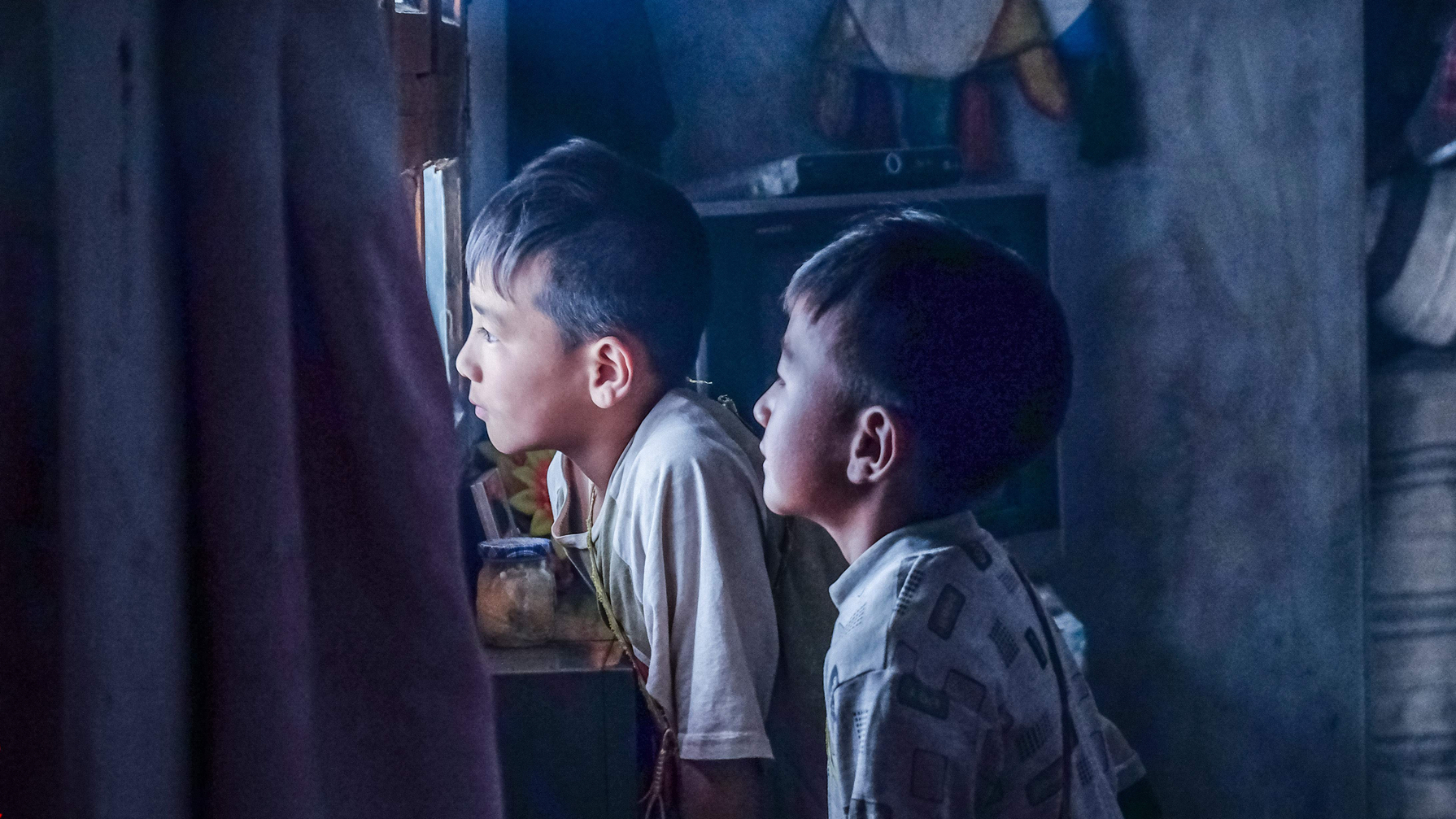
A still from the film "Balloon." /Courtesy of Tang Dynasty Cultural Communication
A still from the film "Balloon." /Courtesy of Tang Dynasty Cultural Communication

A still from the film "Balloon" of Jinpa. /Courtesy of Tang Dynasty Cultural Communication
A still from the film "Balloon" of Jinpa. /Courtesy of Tang Dynasty Cultural Communication
The lead roles are played by rising Tibetan actors Sonam Wangmo and Jinpa, who collaborated with Tseden on his last title "Jinpa," which bagged the Best Screenplay Award at the 2019 Venice International Film Festival's Horizon section.
Speaking about their third cooperation, Jinpa said there was a tacit understanding with the director and sometimes their rapport did not need words.
"The director didn't say much [on site], but I would just look at him and know what kind of feelings he wants, and then go with it," the actor told CGTN.
"Tseden is a very talented director. Many scenes in 'Balloon' were ideas that he came up with before filming or even on location," Sonam Wangmo said of her second team-up with the director.
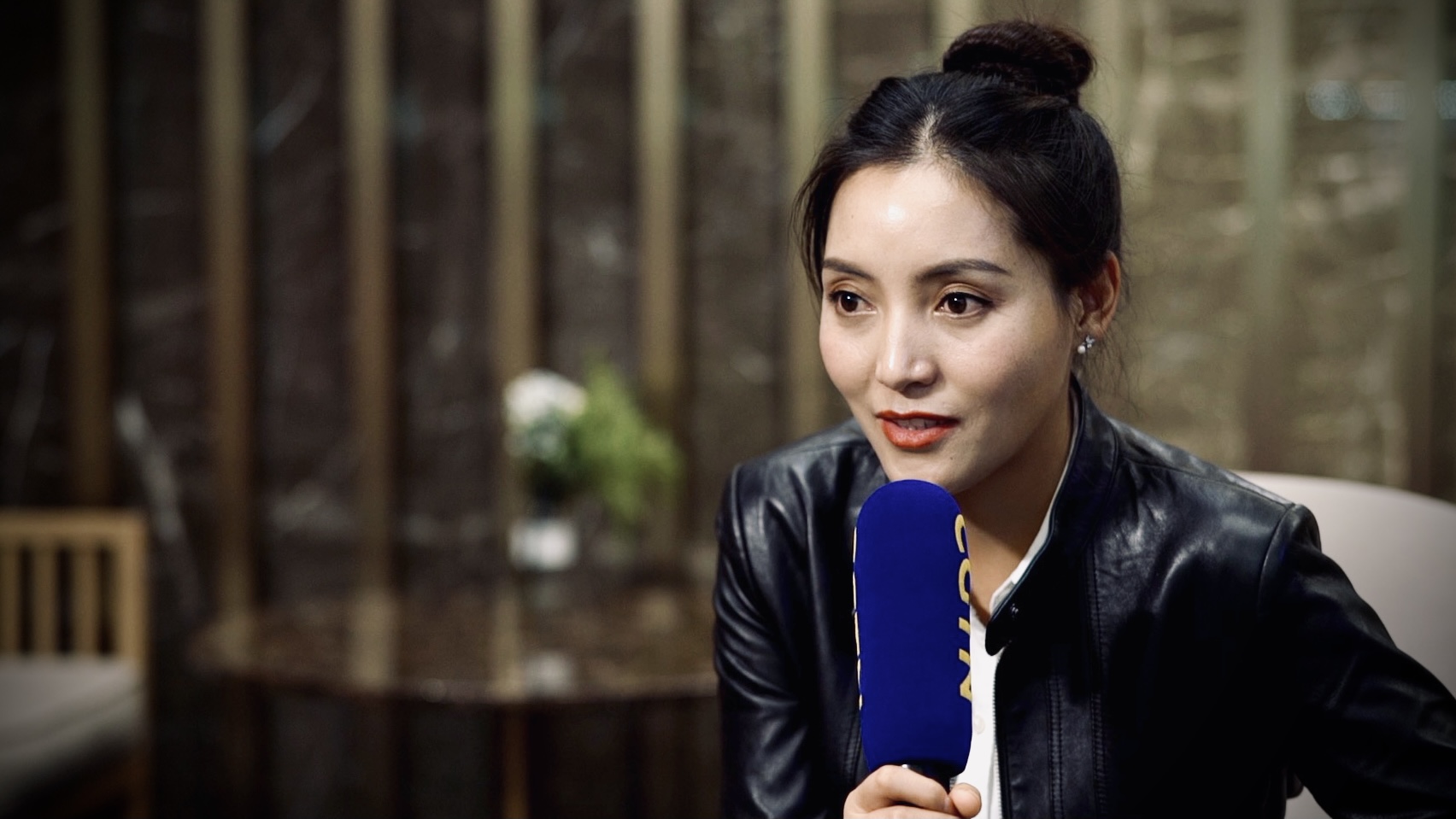
Tibetan actress Sonam Wangmo speaks to CGTN. /CGTN
Tibetan actress Sonam Wangmo speaks to CGTN. /CGTN
For her powerful performance as a stressed wife and mother in "Balloon," Wangmo won the best actress award at Hainan Island International Film Festival last year and the film pocketed the best feature.
Human elements lead to global acceptance
"Balloon" made its global premiere in September at last year's Venice International Film Festival before crossing the Atlantic to take part in Toronto International Film Festival. In both events, it enjoyed great popularity and warm reception.
"What impressed me the most was our global premiere in Venice, during one of their largest screening rooms with 3,000 or 4,000 viewers," Tseden recalled. "Many, especially women, said they could relate on a deep level with the film. They stood up to share their feelings, one after another. Many were touched and cried for Drolkar's dilemma about abortion."
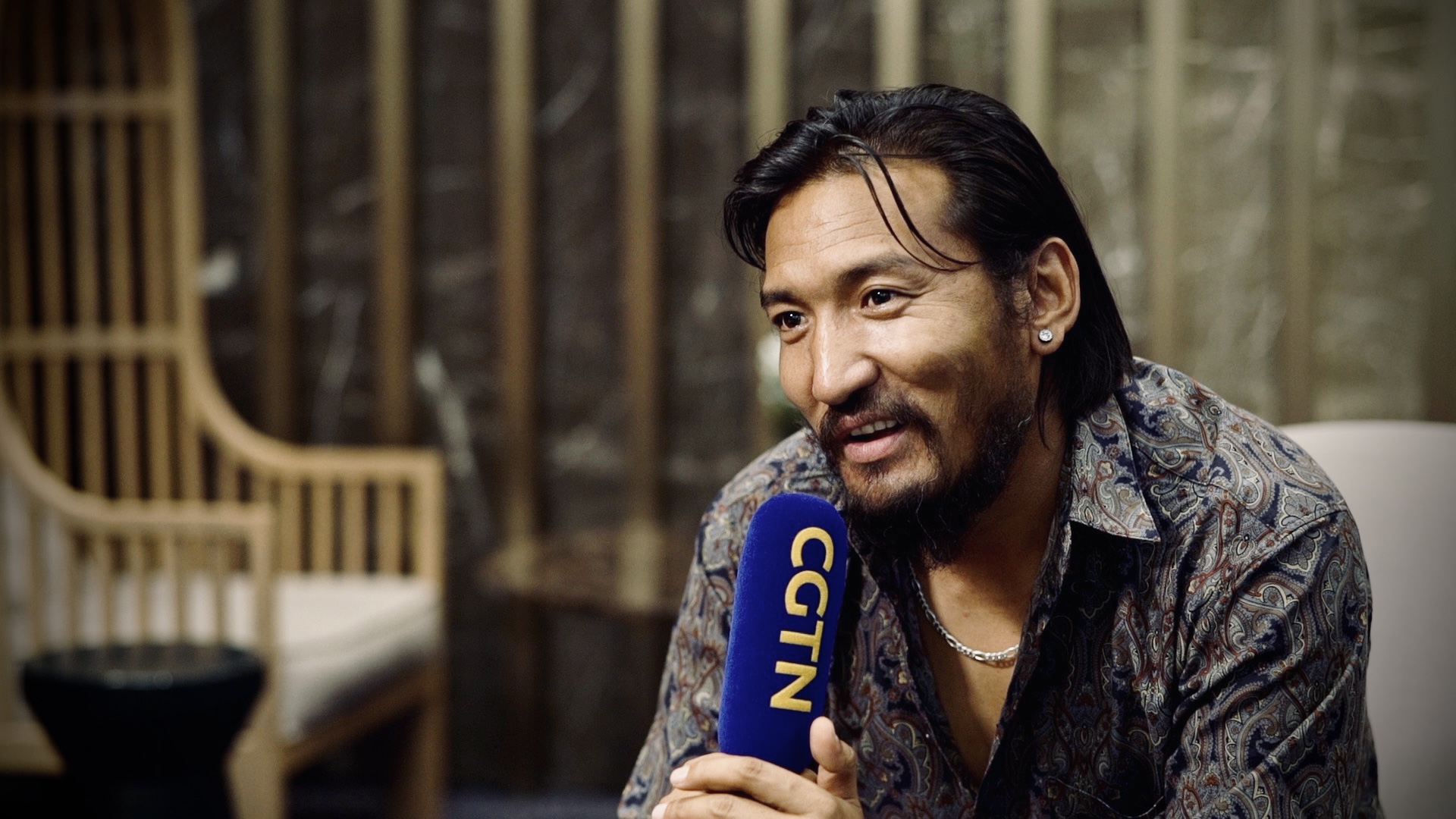
Tibetan actor Jinpa speaks to CGTN. /CGTN
Tibetan actor Jinpa speaks to CGTN. /CGTN
"The film is for Tibetan people, but I hope it could be viewed by a wider audience beyond the ethnic group, who could receive it and accept it," he said, adding, "Our hope since the beginning was to create a work that transcends regions and nations."
"The work I filmed doesn't belong to me," Jinpa told CGTN. "A good work belongs to mankind."
Tseden was the first ethnic Tibetan student to be admitted to the prestigious Beijing Film Academy and the first director to film a movie completely in the Tibetan language in China.
Five years after "Tharlo" caught international attention, the director is now not only a pioneering filmmaker at home but also a leading voice of Tibetan cinema internationally.
The award-winning filmmaker expressed belief that the rise of Tibetan cinema in recent years has a lot more to do than ethnic exoticism, which originates from a questionable but common belief that "ethnic uniqueness is a ticket to global acceptance" in movies.
"It is a film about the Tibetan ethnic group, depicting the situation of Tibetan people at that time (the 1990s) and their emotional state. Naturally, the film involves such things as religious beliefs, like reincarnation and discussions on life and death," the director said.
However, he noted that it is the human nature, social issues, and familiar feelings in the story that make it relatable to "people of different races, and by people of different regions, beliefs, and cultures."
"The more humanistic the work is, the more globalized it could be."
Reporter and director: Hong Yaobin
Videographer: Hui Jie
Video editor: Chen Haomin
Copy editor: Nadim Diab
Cover image designer: Yin Yating

